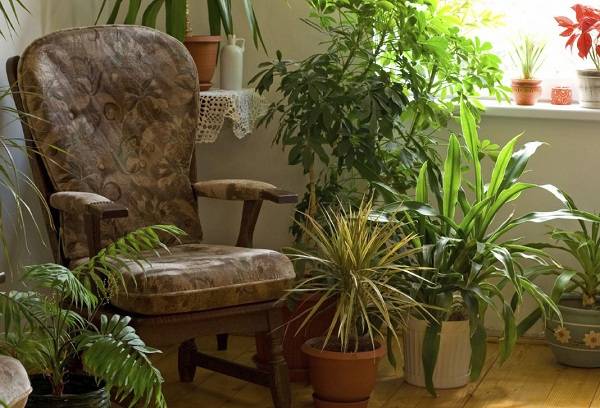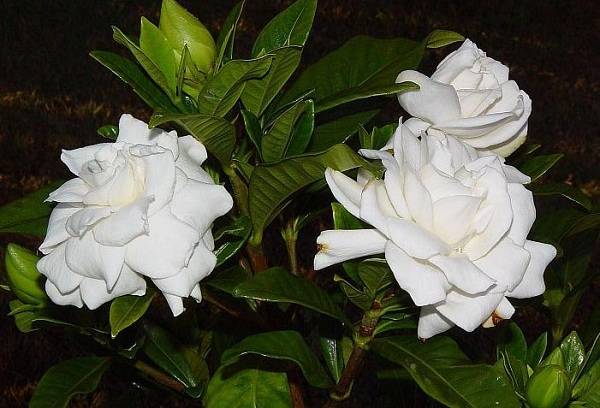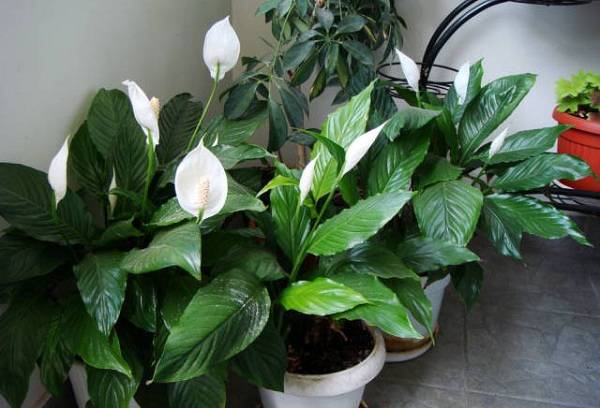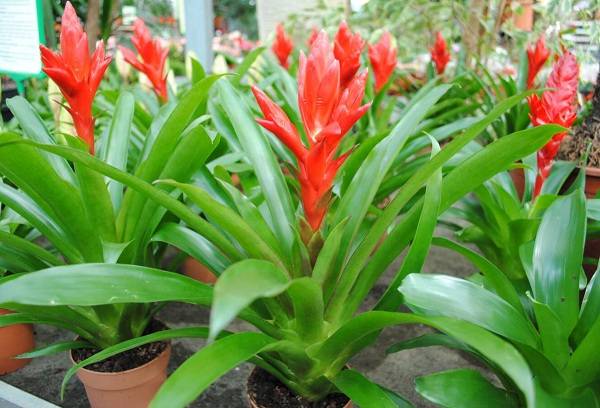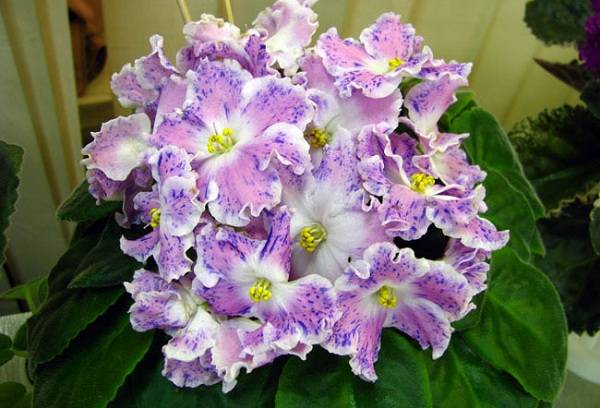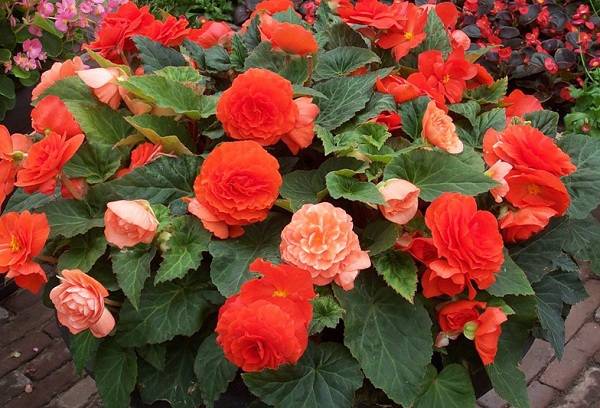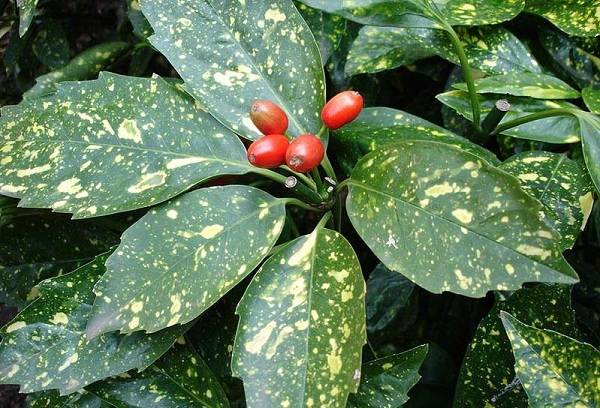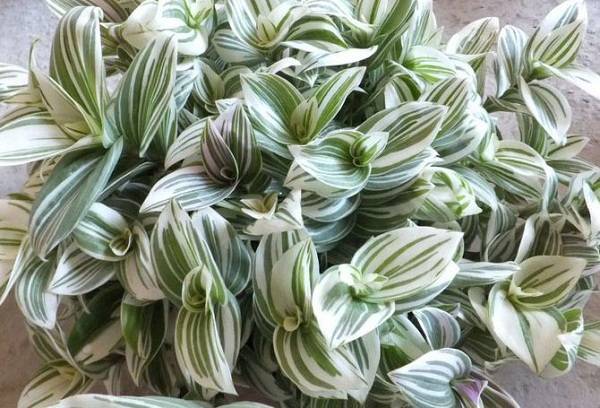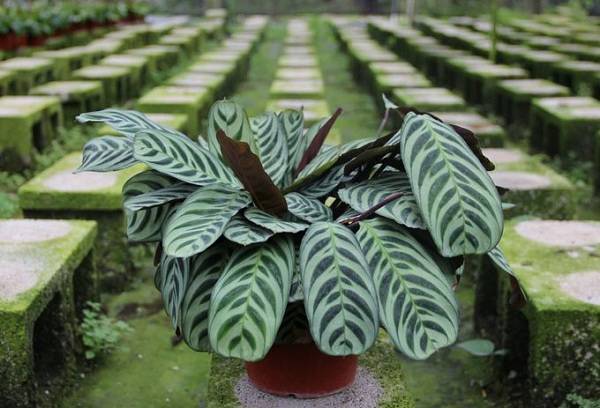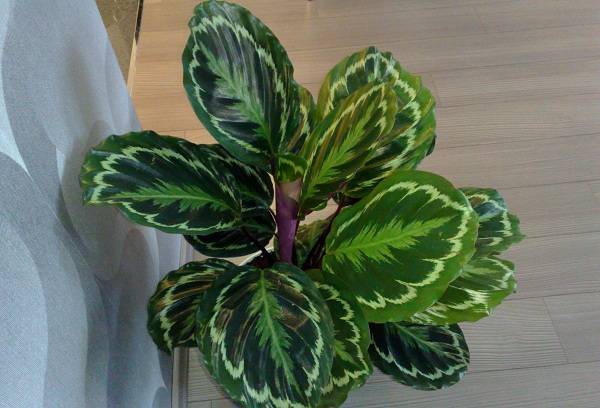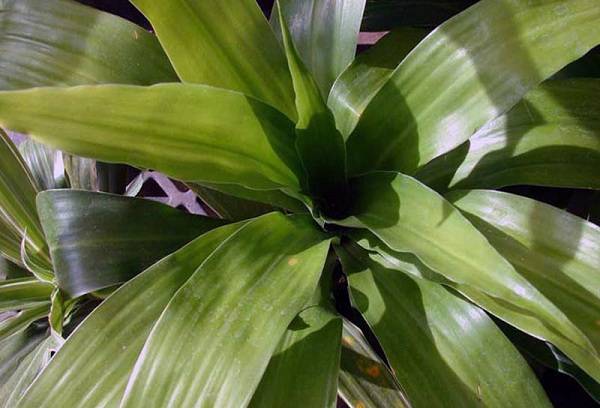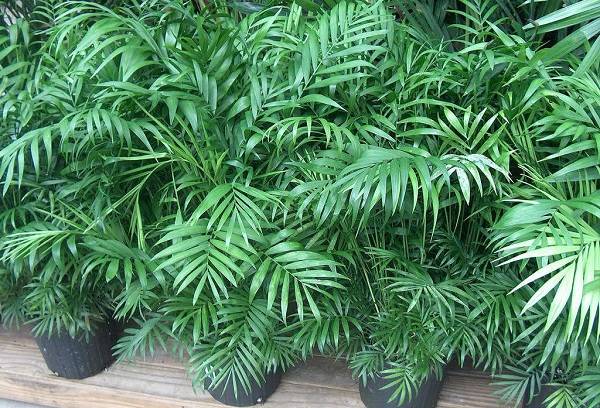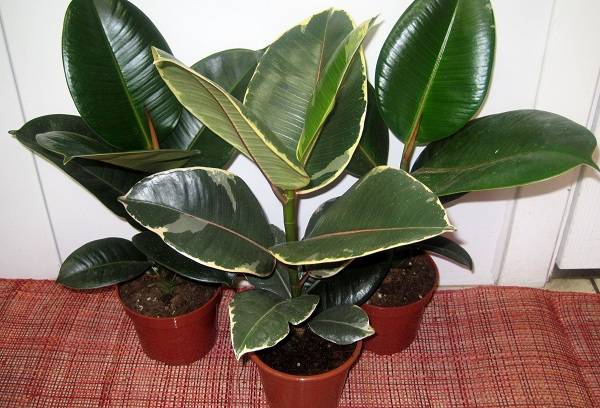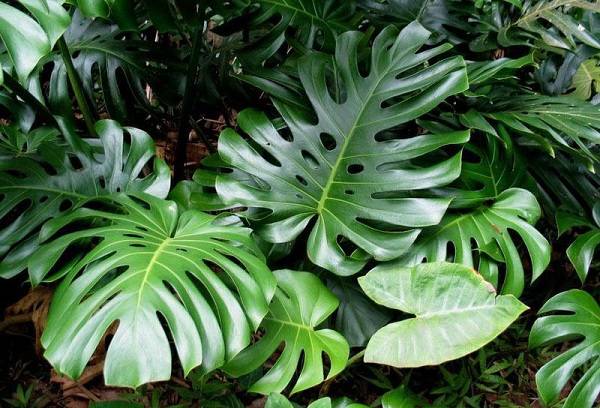How to choose the shade-loving indoor flowers?
Content:
If the apartment does not have too much natural light, and you really want to get some green pets, it is worth considering unpretentious, but sometimes very beautiful shade-loving indoor flowers. Under appropriate conditions, they will take root pretty quickly and begin to delight with their decorative appeal. Only immediately you need to understand the difference between shade-loving and shade-tolerant specimens.
The former are more resistant to not the most favorable conditions, and among the latter there are much more flowering species. The difference in the care of the representatives of both groups is insignificant, but one must not forget about it.
Representatives of a group of decorative flowering plants
Unfortunately, only gardenia can be distinguished from shade-loving flowering plants. The rest of the indoor flowers are considered rather shade-tolerant, but even they are not so difficult to care for with a lack of sunlight.
- Gardenia. The shrub will delight with enviable regularity with its delicate flowers, if it is provided with a sufficient level of humidity by regular spraying.
- Spathiphyllum. Also needs a high level of humidity and likes frequent spraying. It grows well and blooms regularly in the immediate vicinity of the window, but does not tolerate drafts. During the flowering period, it needs intensive watering.
- Vriesia. It needs periodic spraying, plentiful watering in the warm months and moderate - in the cold. Lighting should be diffuse and the room warm.
- Saintpaulia. One of the most unpretentious plants, which does not need not only plentiful light, but frequent watering. At the same time, it will delight with its flowers all year round, even staying all the time on the north window.
Tip: Shade-loving plants for the most part prefer not only diffused light, but also constancy. They frankly do not like moving from one place to another in search of more suitable conditions. Only if the leaves began to turn yellow and fall, and the growth of the flower slowed down, it is worth considering the option of selecting a new habitat for it.
- Begonia. It does not need to be sprayed or pampered with any special care. This plant is also attracted by the fact that it pleases with the most diverse shapes and shades of leaves and flowers.
If even the shady room representatives of the flora begin to behave somehow strangely, it is worthwhile to reconsider the conditions created for them. Sometimes even small things play an important role, affecting the behavior and intensity of flower growth.
Decorative leafy options for northern windows
If you need to decorate not even a window, but some corner in the room, as an option it is worth considering the following shade-loving indoor plants:
- Aucuba. The Japanese aucuba variety, which is easily recognizable by small yellow specks on green leaves, prefers regular spraying, diffused light and watering strictly on schedule.
- Tradescantia. Her green variegated leaves look colorful in the right pots. The representative of the flora itself is easily propagated by cuttings and practically does not notice the absence of natural light.
- Maranta. This unique flower raises its leaves with the onset of night, and lowers them again in the morning, forming beautiful images. True, you will have to pay for the decorative time. The plant does not like dry air, needs a certain amount of light, prefers plentiful and regular watering.
- Calathea. Despite the fact that this variety of flowers is considered as shade-loving indoor plants, it is still better to place them on the western or eastern windows. In this case, the leaves will retain their unique attractiveness and brightness. In addition, the flower does not like drafts and permutations.
When choosing a suitable flower, you need to remember that plants with variegated, white-green leaves need more light than with dark foliage.
How to choose a shade-loving palm tree?
Despite the fact that traditionally this type of plant really prefers a plentiful sun, some of its varieties coexist perfectly in the darkened halls and corners of apartments. The main thing to remember here is that the darker the color of the leaves, the easier they will tolerate the lack of natural light.
- Dracaena. The exotic appearance of this plant with a lush crown of wavy leaves makes it indistinguishable from a palm tree. Even in a dark corner, such a tree can grow up to several meters, however, it will happen very slowly. Here you just can’t allow stagnation of water and do not abuse watering.
- Hamedorea. A small bamboo palm tree prefers not very bright lighting. With moderate watering and regular spraying, it will long delight the brightness of its leaves. To the temperature regime, the tree is undemanding.
- Ficus Regardless of the type, such a palm tree needs moderate watering and regular spraying. Additional leaf care will provide them with a presentable appearance even in low light conditions.
- Monstera. Another representative of popular domestic palm trees, which is easy to recognize by large carved leaves. While he does not need a lot of light, you need to take care of the absence of drafts, the presence of support and a sufficient amount of free space.
It turns out that even the shaded corners of the apartment can be landscaped with suitable plants. It is only necessary not to forget about the conditions for caring for them, monitor their condition and transplant if necessary.
